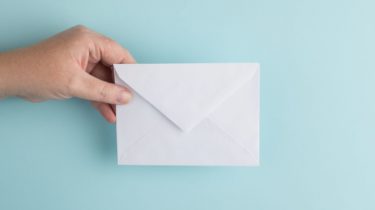A Gentle Introduction to Machine Learning Modeling Pipelines
Applied machine learning is typically focused on finding a single model that performs well or best on a given dataset. Effective use of the model will require appropriate preparation of the input data and hyperparameter tuning of the model. Collectively, the linear sequence of steps required to prepare the data, tune the model, and transform the predictions is called the modeling pipeline. Modern machine learning libraries like the scikit-learn Python library allow this sequence of steps to be defined and […]
Read more




